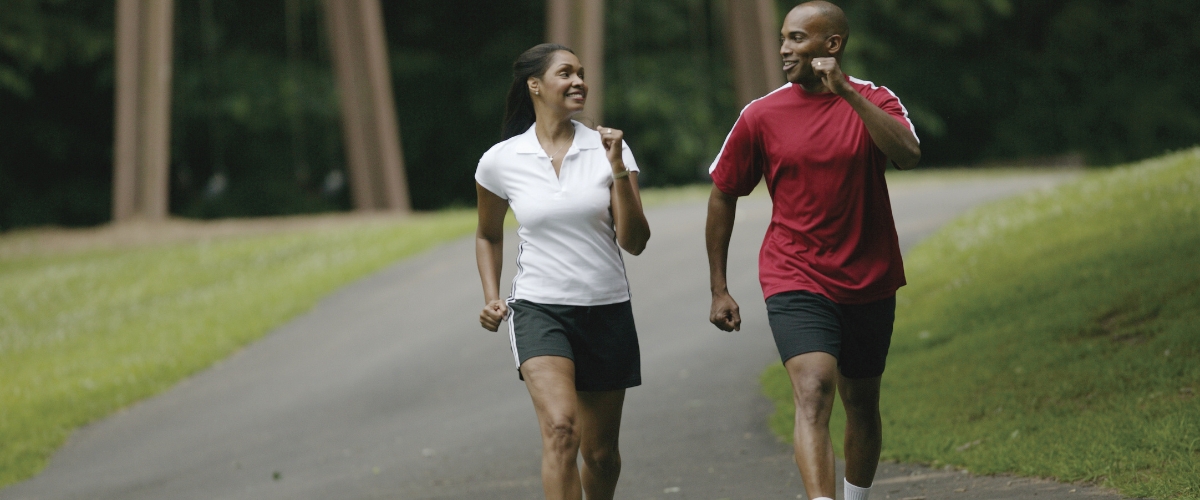Basics of Walking
On this page, we'll explore the basics of walking, including how it compares to running, how to walk properly, and how to stay motivated and make it a regular part of your routine.

How to Walk Properly
Proper walking technique is important for maximizing the benefits of your walks and minimizing the risk of injury. Here are a few tips for walking properly:
-
Keep your head up and look straight ahead
-
Swing your arms naturally
-
Engage your core and maintain good posture
-
Take long, smooth strides
-
Land on the balls of your feet and push off with your toes

Preparing to Walk
Before you start walking, it's important to make sure you're properly prepared. Here are a few things to consider:
-
Wear comfortable, supportive shoes
-
Stretch before and after your walk
-
Engage your core and maintain good posture
-
Stay hydrated by drinking water before, during, and after your walk
-
Wear appropriate clothing for the weather and your environment

Walking Technique
There are a few key elements to good walking technique that can help you get the most out of your walks:
-
Maintain a consistent pace
-
Swing your arms naturally
-
Engage your core and maintain good posture
-
Take long, smooth strides
-
Land on the balls of your feet and push off with your toes

Walking Schedules
To get the most out of your walks, it's important to incorporate them into a consistent schedule. Here are a few tips for creating a successful walking schedule:
-
Set a specific time each day for your walk
-
Aim for at least 30 minutes of walking per day
-
Gradually increase your distance and intensity over time
-
Mix things up by walking in different locations and at different times of day

Staying Motivated
Staying motivated can be one of the biggest challenges when it comes to starting a new exercise routine. Here are a few tips for staying motivated while walking:
-
Set specific goals for yourself (e.g. walk a certain distance or time)
-
Track your progress and celebrate your achievements
-
Find a walking partner or join a walking group
-
Mix things up by trying different routes or incorporating other activities into your walks (e.g. listening to music or podcasts)

Setting Expectations
It's important to set realistic expectations for your walking routine to avoid disappointment and stay motivated. Here are a few things to consider:
-
Start small and gradually increase your distance and intensity over time
-
Remember that progress takes time – don't expect to see dramatic results overnight
-
Don't compare yourself to others – focus on your own progress and goals
Walking vs. Running
Is walking better than running? There is no definitive answer to this question, as the benefits of walking and running depend on your individual goals and circumstances.
However, walking is generally considered a low-impact activity that is easier on the joints than running, making it a good option for those with joint problems or injuries. Walking is also a great way to get started with exercise or build up to more intense activities like running. Ultimately, the best activity for you will depend on your fitness level, goals, and preferences.
We hope this information was a helpful overview of the basics of walking and the numerous benefits it can offer.
If you're ready to get started on your own walking journey, we encourage you to start small and build up gradually over time. Remember to listen to your body, set realistic goals, and stay motivated by finding activities or partners that make walking enjoyable for you. Whether you're looking to lose weight, reduce stress, or simply feel better overall, daily walking can be a powerful tool for improving your health and well-being.
So don't wait – get started today and discover the benefits of walking for yourself!
